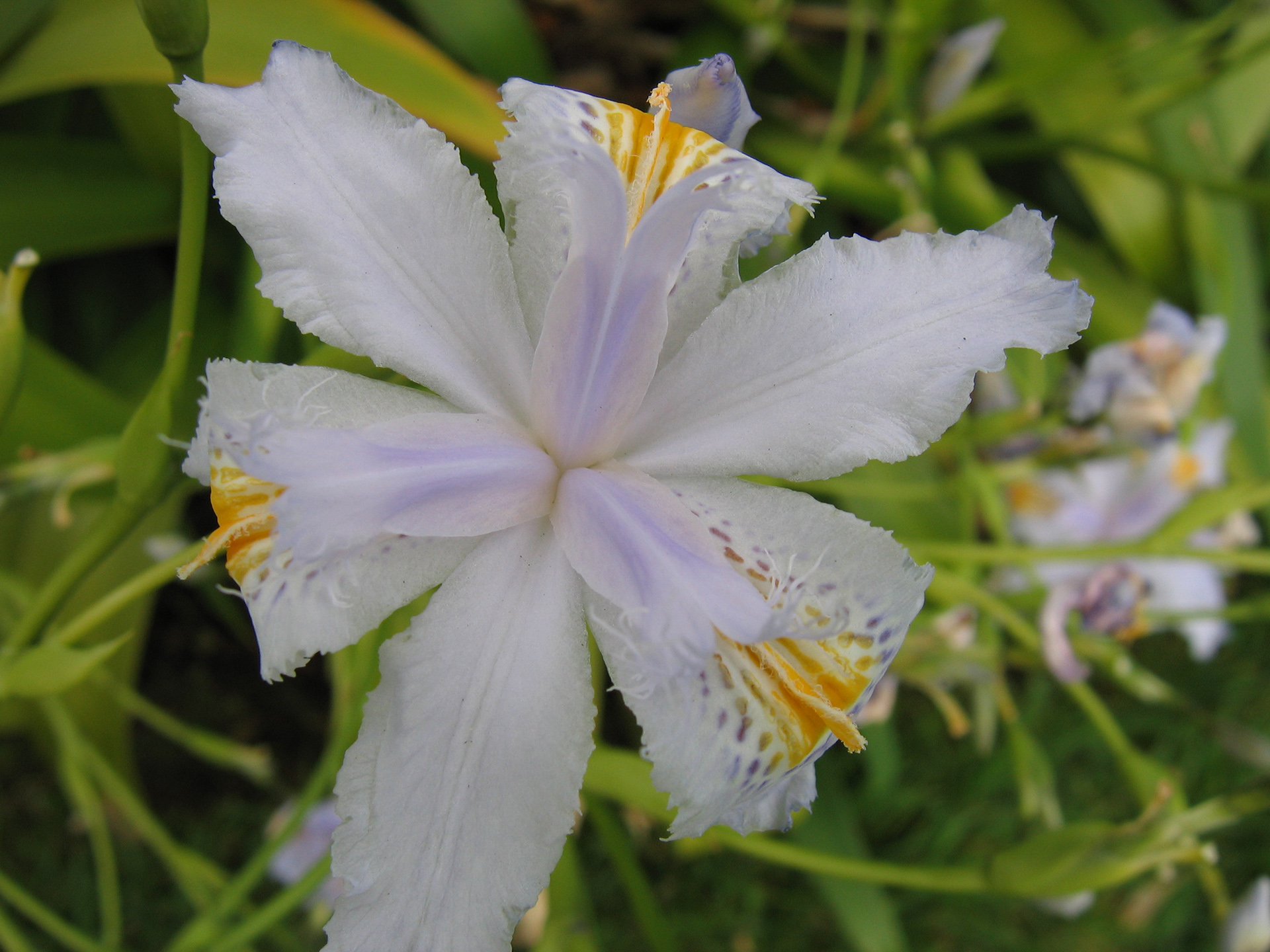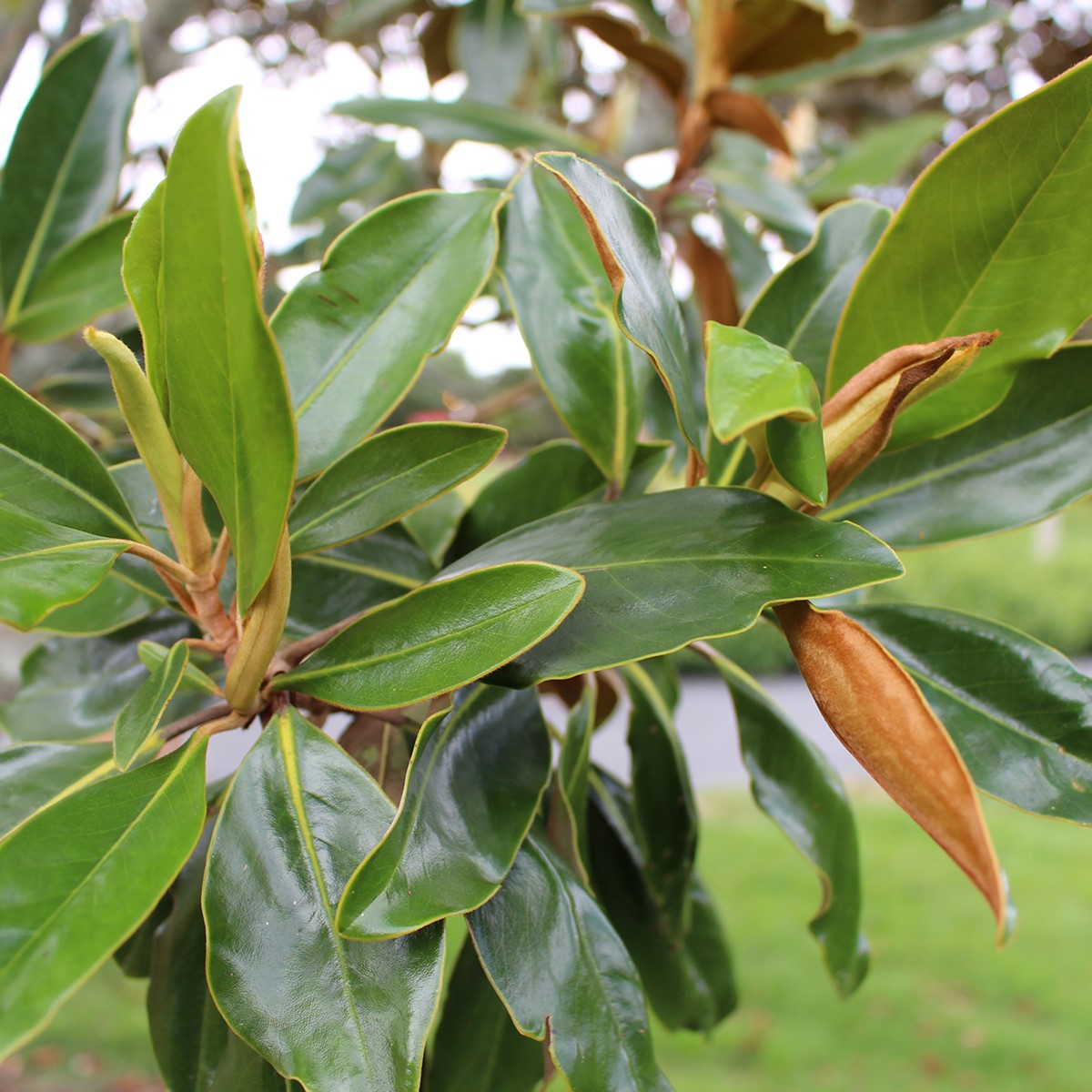Physical characteristics
This
Flowers and foliage
This iris produces delicate frilled flowers that have a clear lavender hue and bloom from October to December. Every flowering stem of the plant is branched and each of them may bear as many as 50 blooms over a period of 8 to 10 weeks. The flowering stem can reach up to 1m tall. The leaves are a lush vibrant
Preferred site
Prefers moist soil in partial to
Preparation for planting
Plant when the soil is moist and warm in autumn or early spring so that a good root system develops to support vigorous new growth. Remove all perennial weeds. Incorporate bark compost or other organic material. Before planting, ensure the root ball is saturated and remove the planter pot with minimal root disturbance. Trim any broken roots and plant at the same level as in the container. Dig a hole twice the diameter of the root ball, press in and water once planted. Make sure
Planting too closely leads to spindly growth, poor flowering and eventual decline. In a well-planned
Maintenance tips
Apply mulch
You can also propagate Iris wattii from stem cuttings. Take a piece of long stem and cut off the main plant using a sharp knife or secateurs. The piece of stem can then be stood in a glass/pot of water for one to two weeks. You will soon notice new roots emerging from joints of the pieces. These can then be potted up or planted out in the garden. As
Some iris growers suggest that the flowering stems of Iris wattii should be staked as soon as they start to flower at the onset of spring. This will not only help to maintain the shape of the clump but also stop them from bending due to their own weight. This makes sense when you see that the flowering spray may sometimes be as tall as 2m tall.
Pests and diseases
Generally pest and disease free.
Companion and combination plants
Plant under
Location at Auckland Botanic Gardens
Urban
Interesting facts and tips
This plant is one of the crested (or Evansia) types of Iris so-called because they have a 'crest' or ridge on their three larger outer petals instead of a 'beard'. Many of these crested types come from Japan and China.




.jpg?anchor=center&mode=crop&width=1200&height=1200&rnd=131732822304530000)

.jpg?anchor=center&mode=crop&width=1200&height=1200&rnd=132106949760530000)
 .jpg?anchor=center&mode=crop&width=1200&height=1200&rnd=131732822977030000)